Everything About Travel in Saudi Arabia
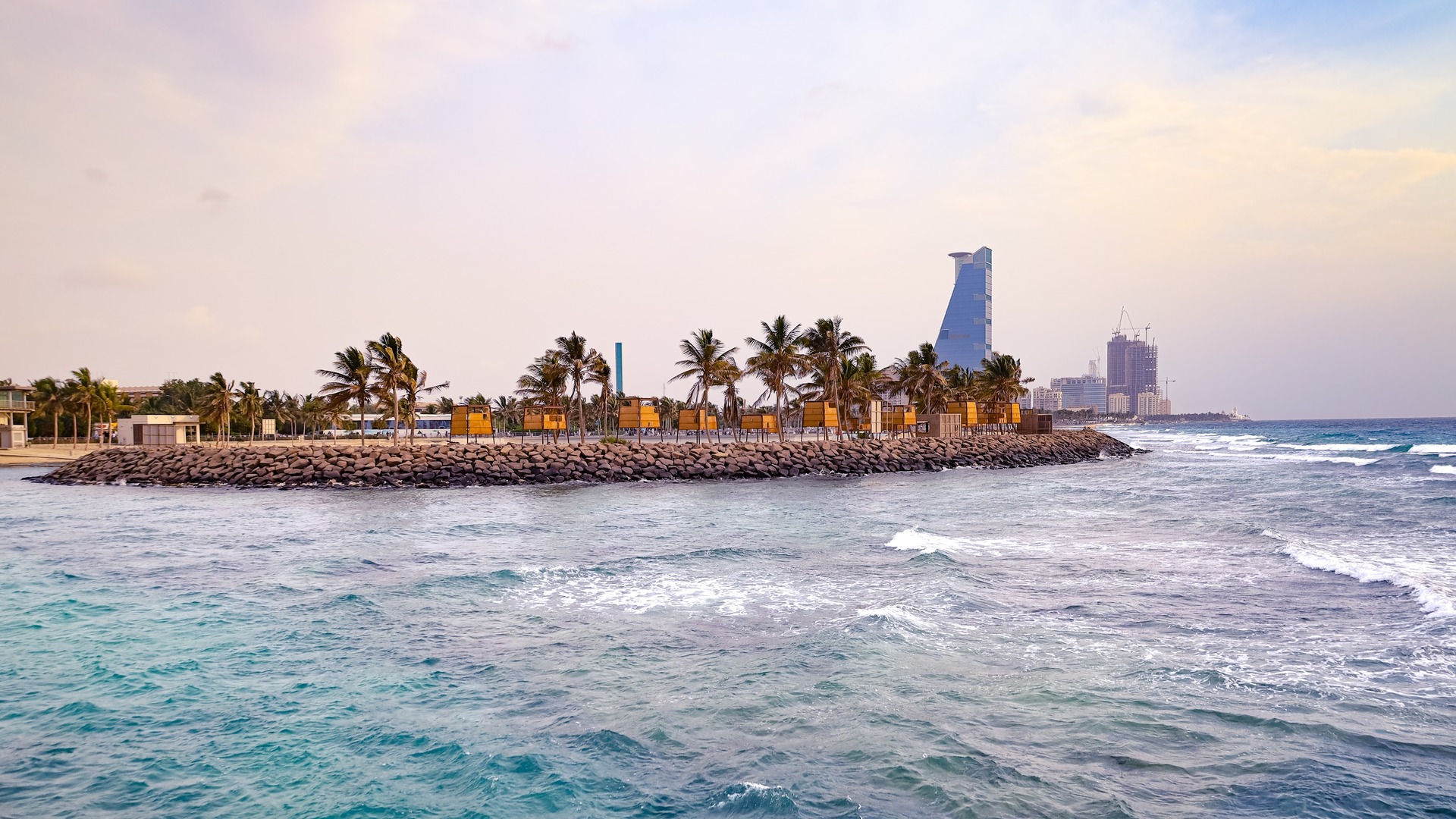
Discover Paradise on Earth:…
Jeddah Beaches in Saudi Arabia are a slice of heaven on Earth, offering a sanctuary of natural beauty, serenity, and…
Read More
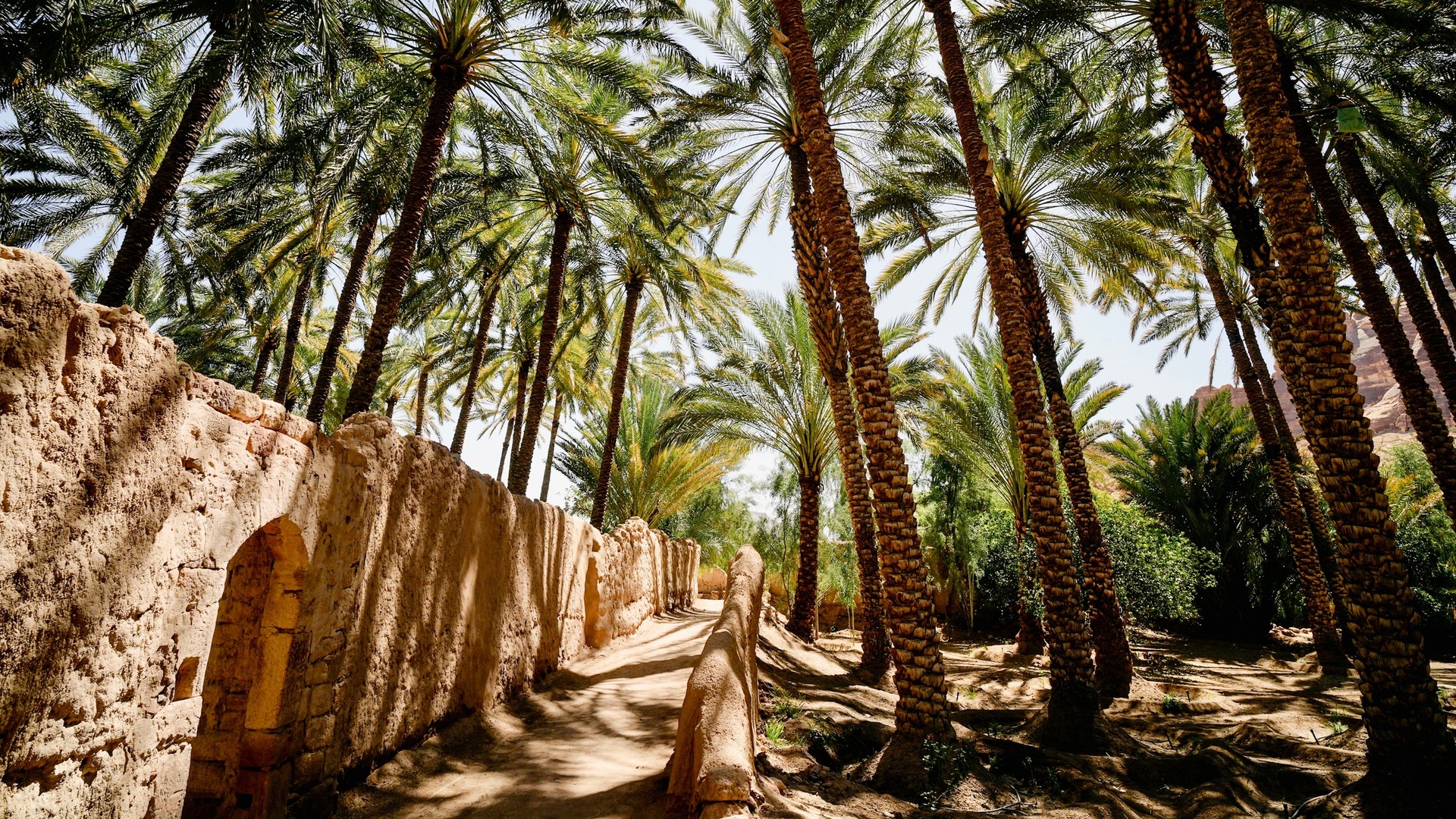
Discover the Enchanting Beauty…
AlUla Farms and Oasis, nestled in the heart of Saudi Arabia, is a mesmerizing paradise that transports you to a…
Read More
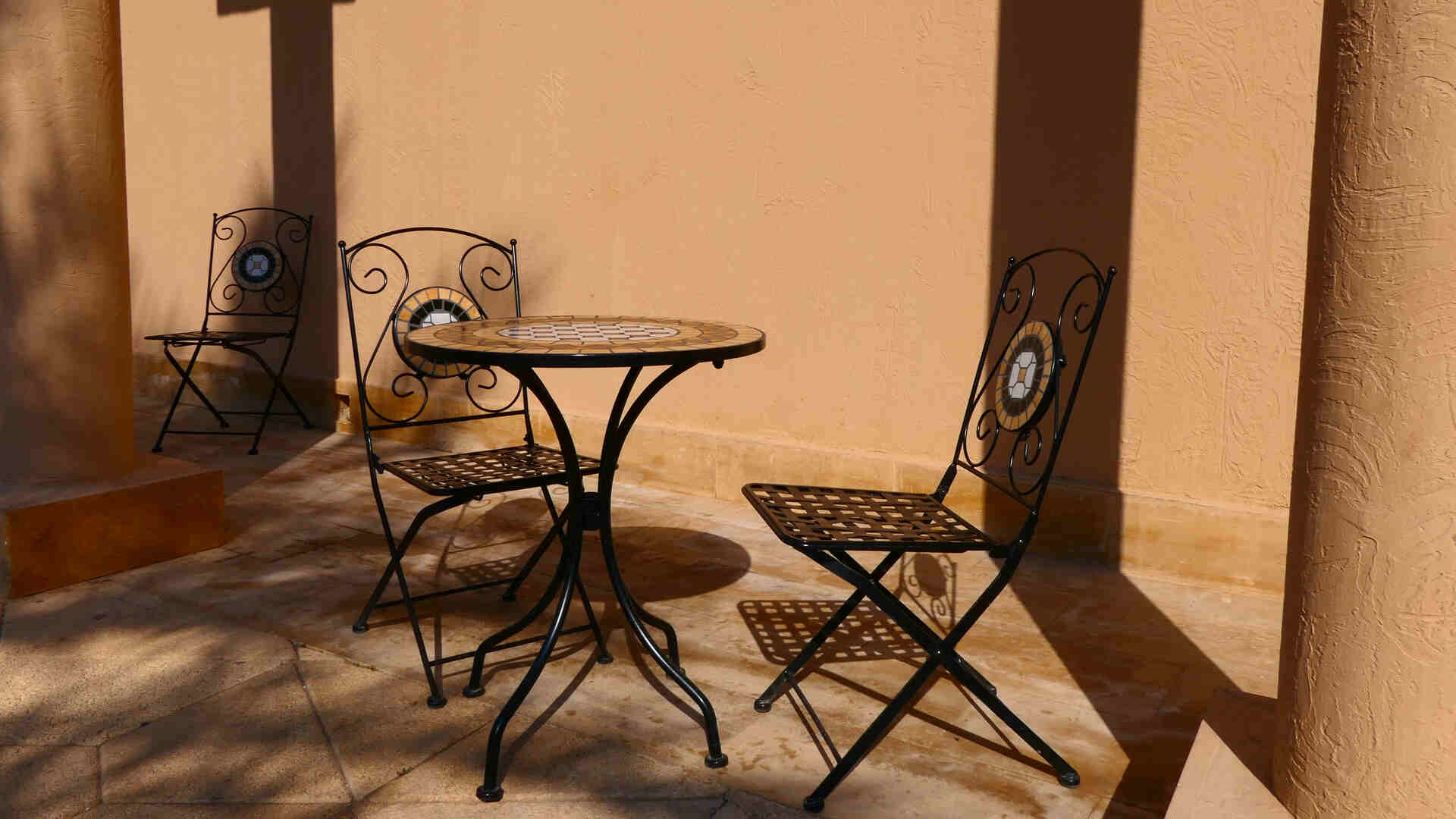
Dining Al Fresco In…
Saudi Arabia's culinary scene is a delightful fusion of traditional flavors and international cuisines. From urban cityscapes to historic landscapes,…
Read More
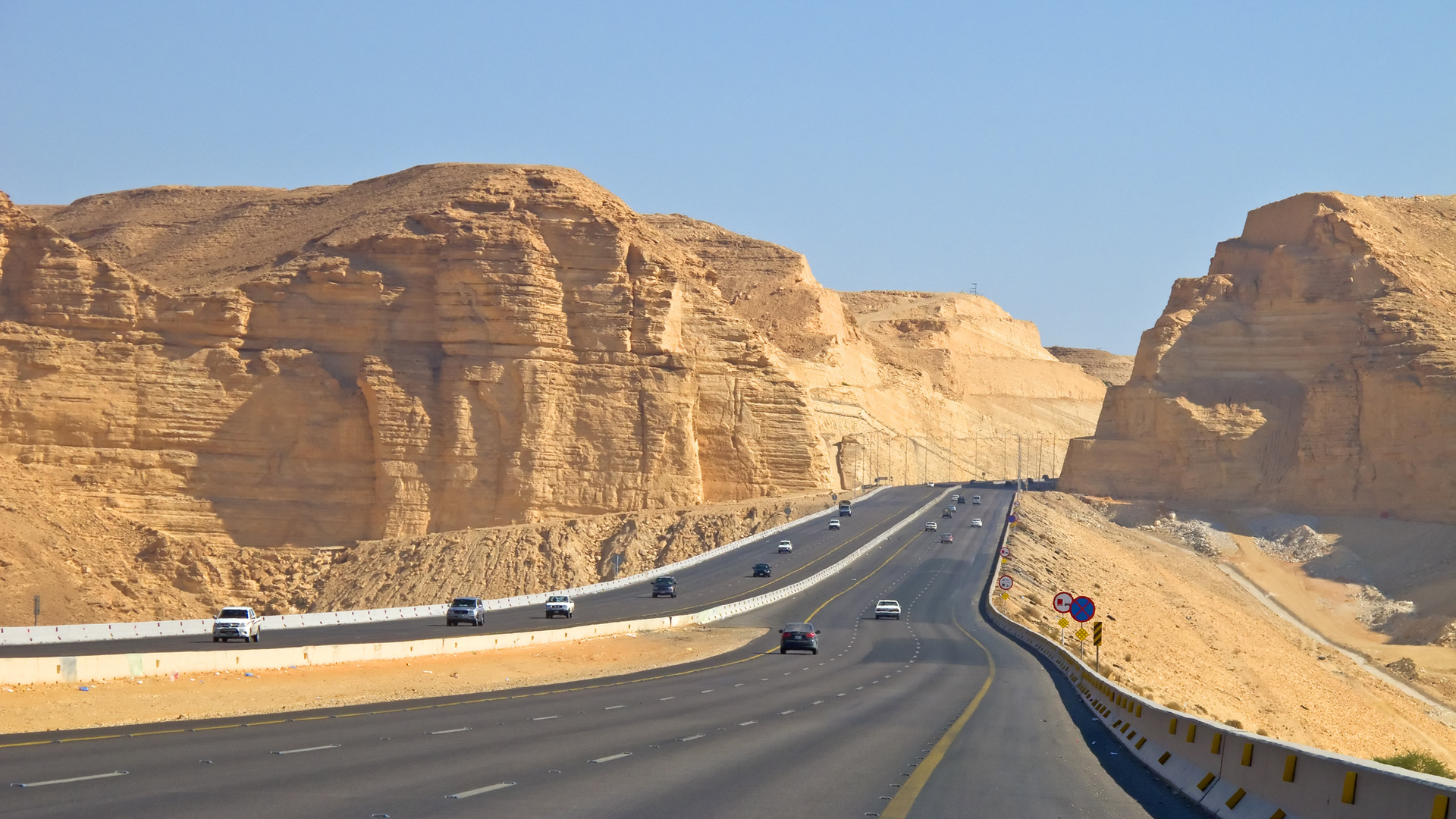
Discover Saudi on Road:…
Imagine cruising next to the Red Sea's beautiful beaches, driving through Riyadh's glittering skyline, basking in the golden hues of…
Read More
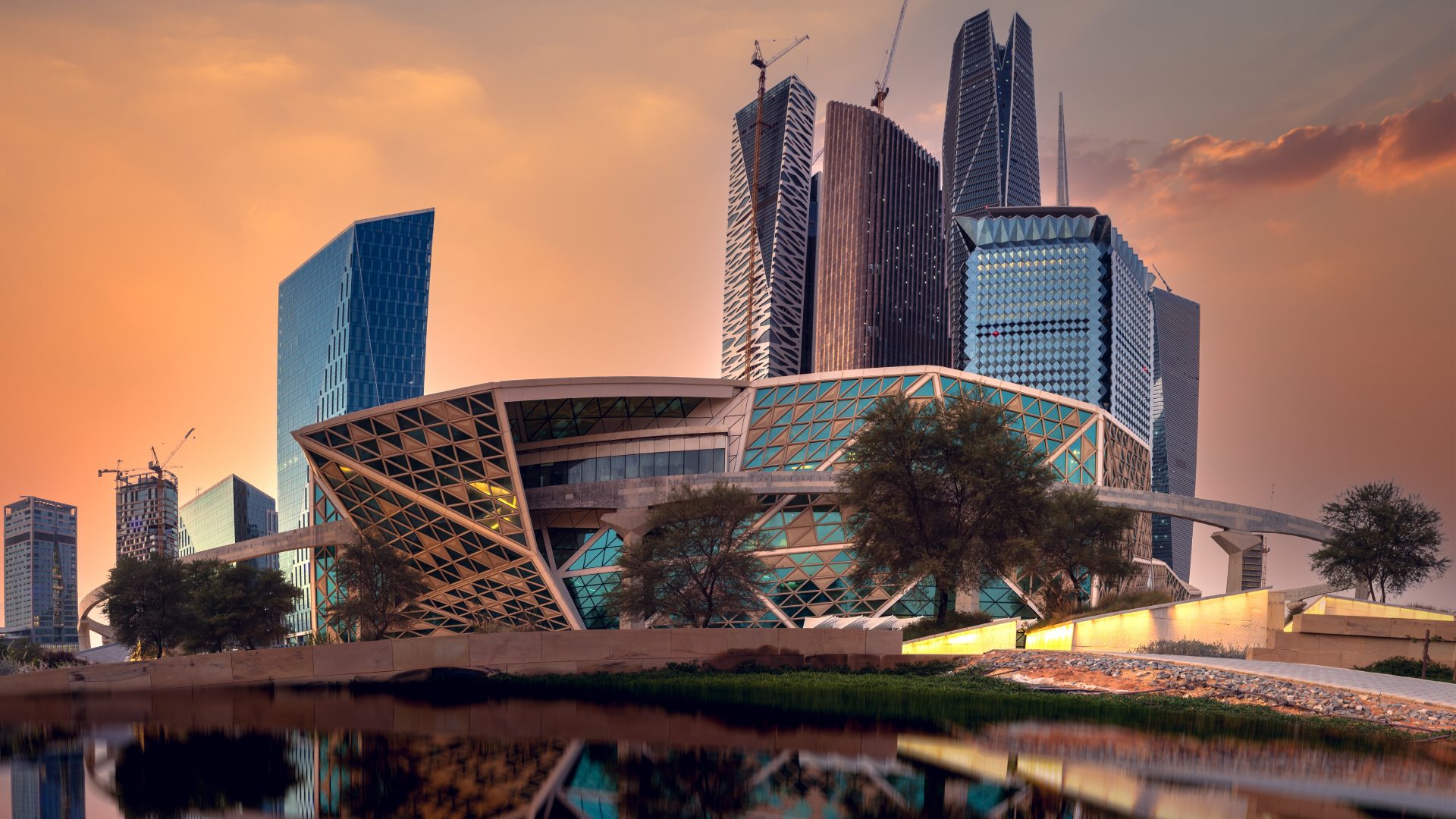
Unveiling Riyadh: Your 3-Day…
Are you seeking a short holiday from your daily routine, a digital detox, or perhaps, a dash of culture-rich exploration…
Read More

Getting around Saudi Arabia:…
Traveling in a new country can initially be overwhelming for tourists, particularly when visiting the vast and diverse kingdom of…
Read More

The Symbolic Palette: Exploring…
Islamic architecture is renowned for its breathtaking beauty and intricate designs, captivating the eyes and souls of those who gaze…
Read More

The Transformative Power of…
In a fast-paced world filled with responsibilities and routines, taking the time to travel can be a life-changing experience. Traveling…
Read More
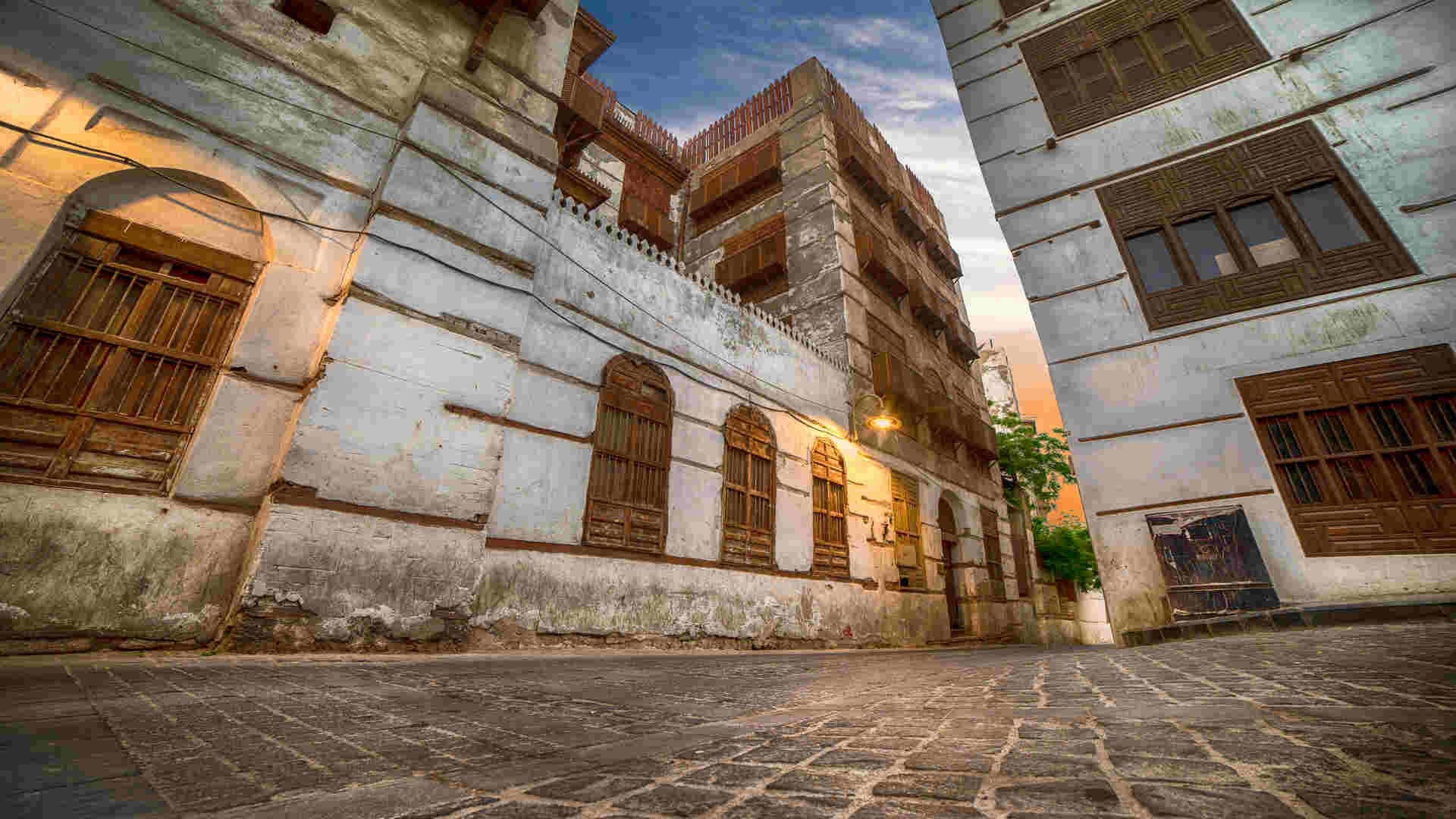
UNESCO World Heritage Sites…
Grab your passport and get ready for an adventure! From cities masterfully carved out of rocks to lush oases emerging…
Read More

Unveiling the Mystique: Desert…
The Kingdom of Saudi Arabia, with its vast and enchanting deserts, offers a plethora of thrilling adventures for those seeking…
Read More
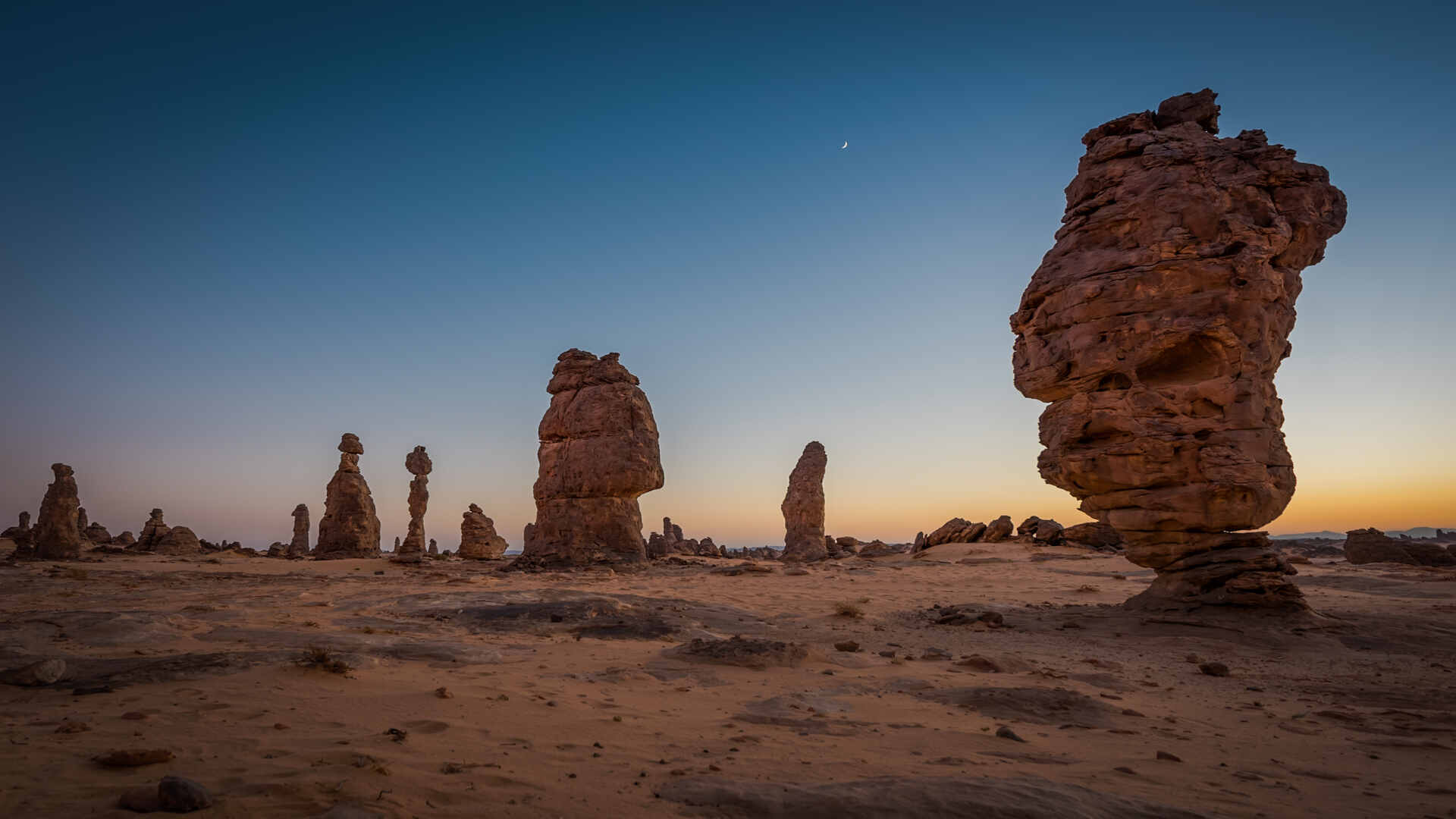
6-Days Saudi Tour Plan
Ready for a one-of-a-kind escape? Our epic 6-day itinerary through Riyadh, Al Ula, and Jeddah is exactly what you need.…
Read More
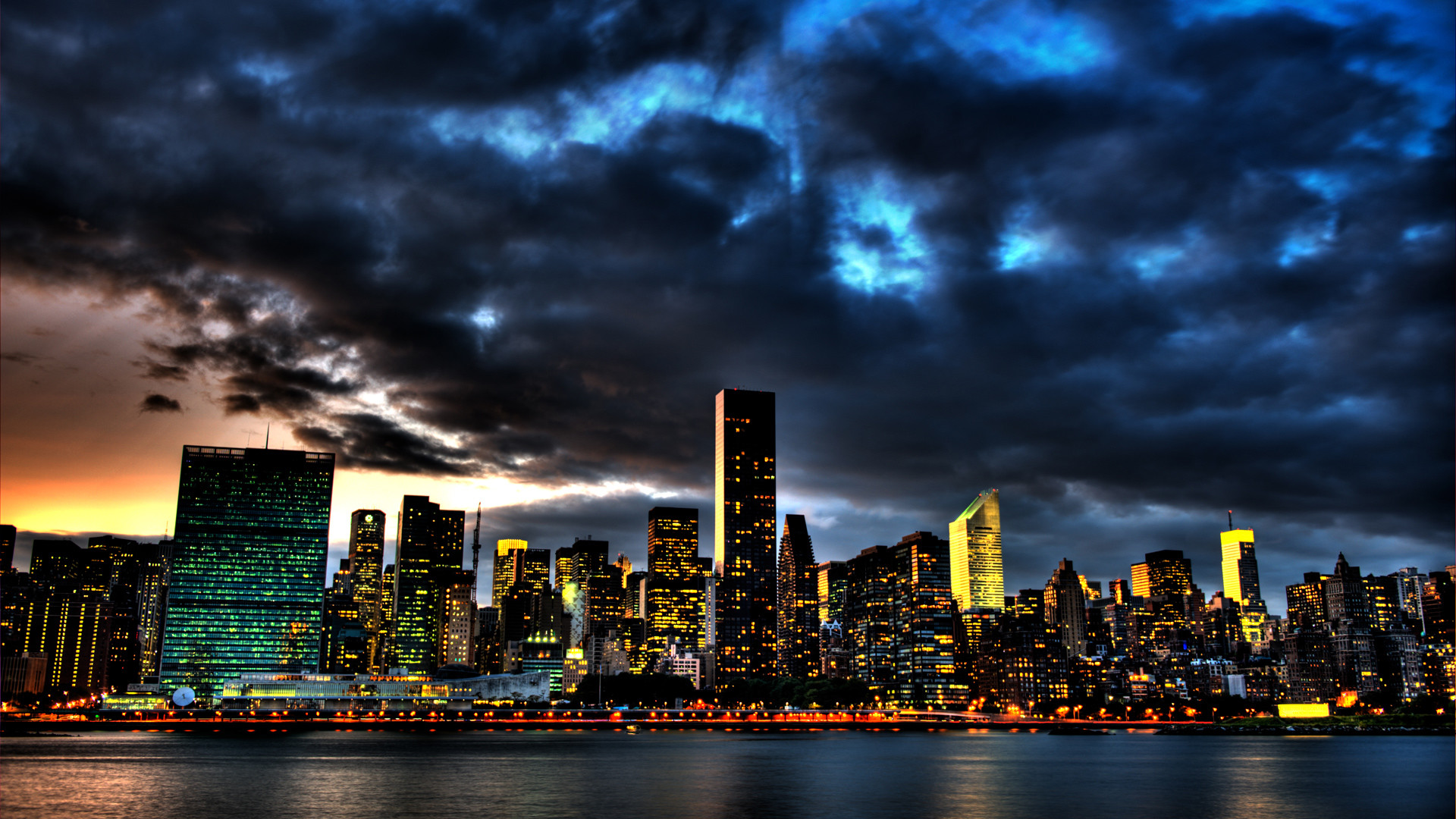
7 Best Resorts for…
Saudi Arabia, traditionally known for its rich history and sacred pilgrimage sites, has recently been emerging as a top-notch leisure…
Read More
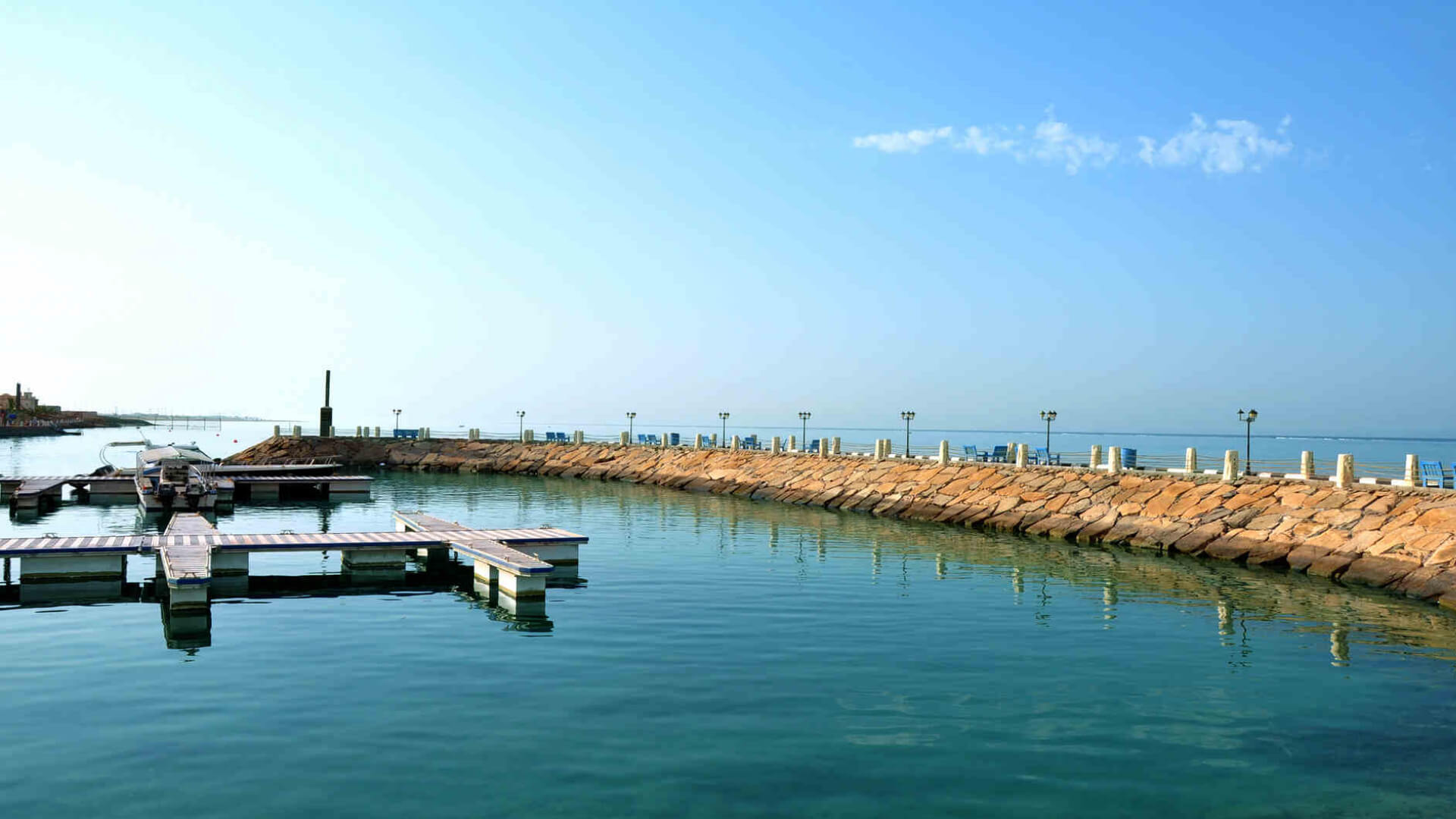
Explore Hidden Gems in…
When it comes to picturesque islands and stunning coastal landscapes, Saudi Arabia may not be the first destination that comes…
Read More
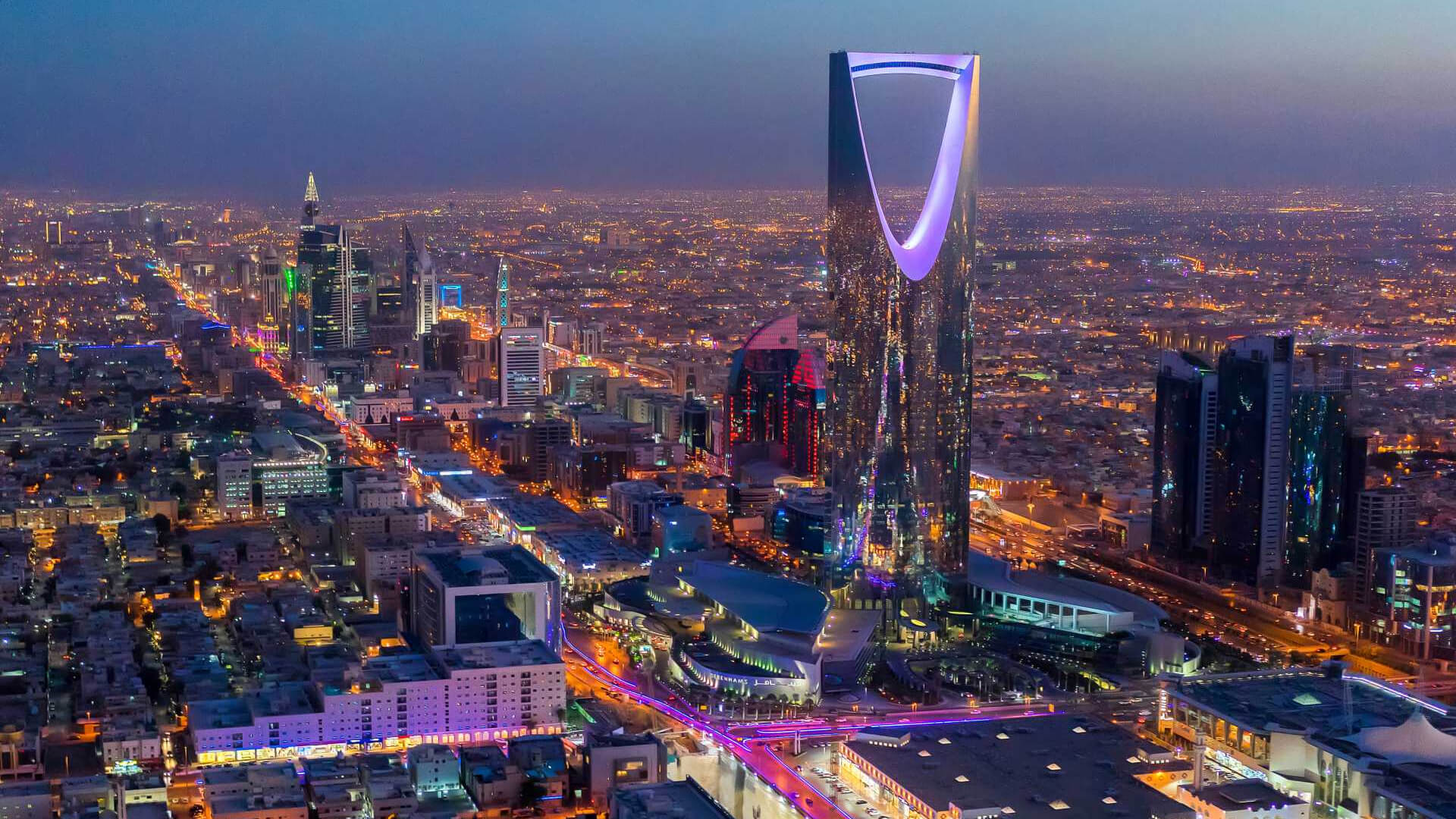
Touring Saudi Arabia 2024:…
Located at the crossroads of Asia, Africa, and the Middle East, Saudi Arabia spans massive deserts, majestic mountain ranges, and…
Read More
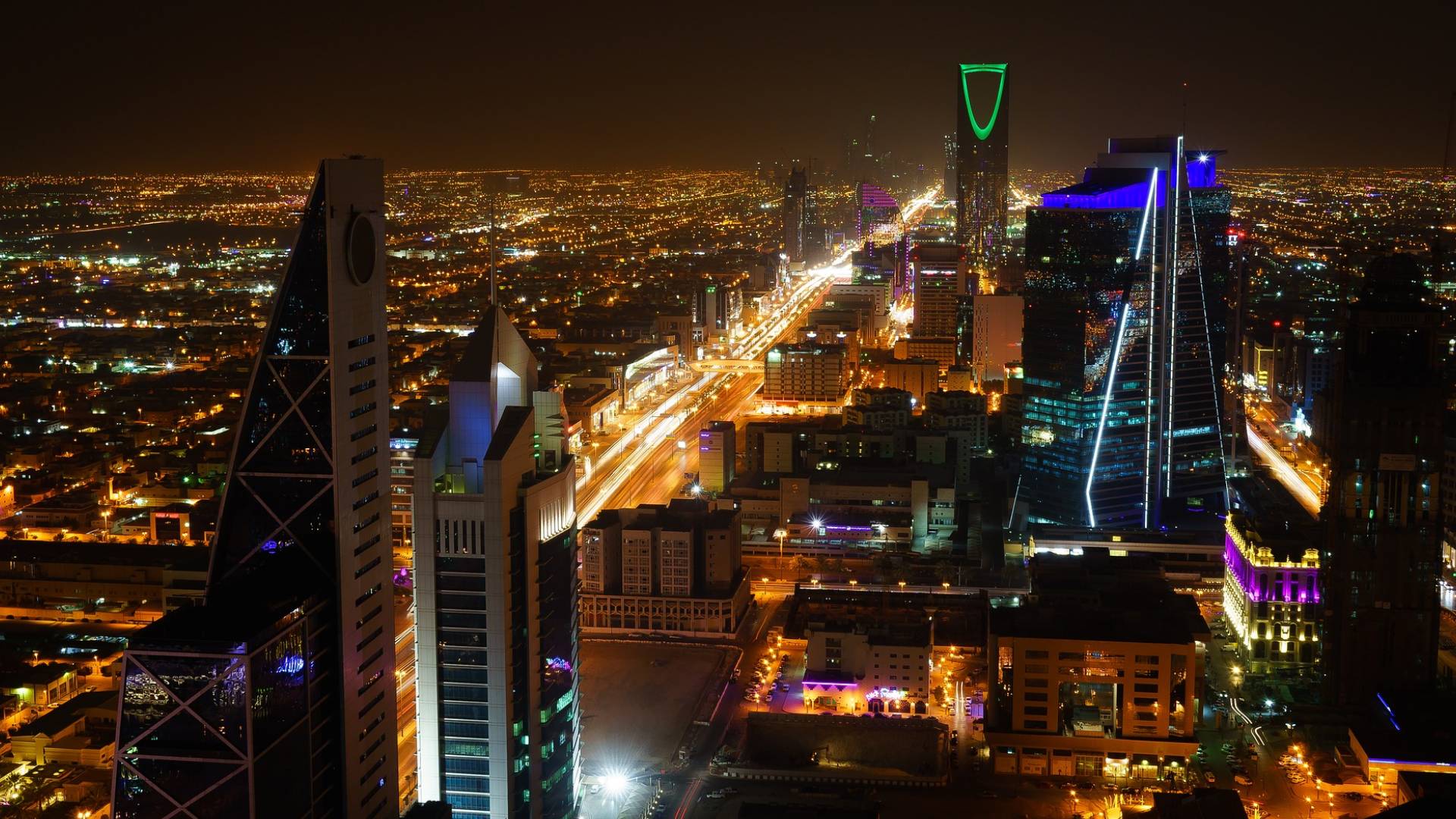
Saudi Arabia’s Top 8…
Let’s face it, Instagram pretty much rules when it comes to travel inspiration and planning the best places for your…
Read More
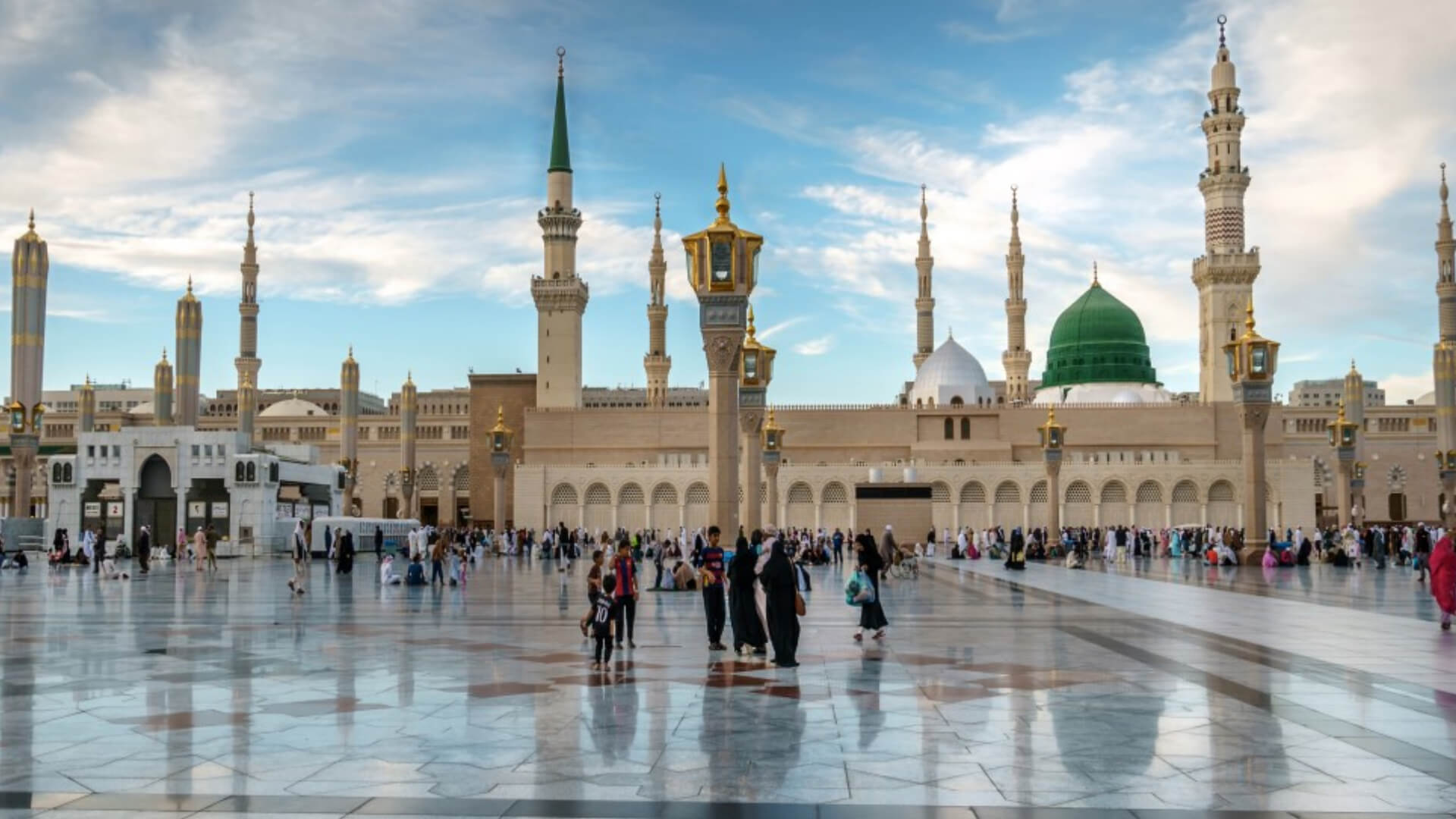
Visit Madinah: Top 12…
An Umrah trip feels incomplete without spending time in Madinah, the second holiest city in Islam. Affectionately named “Madina Al-Munawarrah”…
Read More
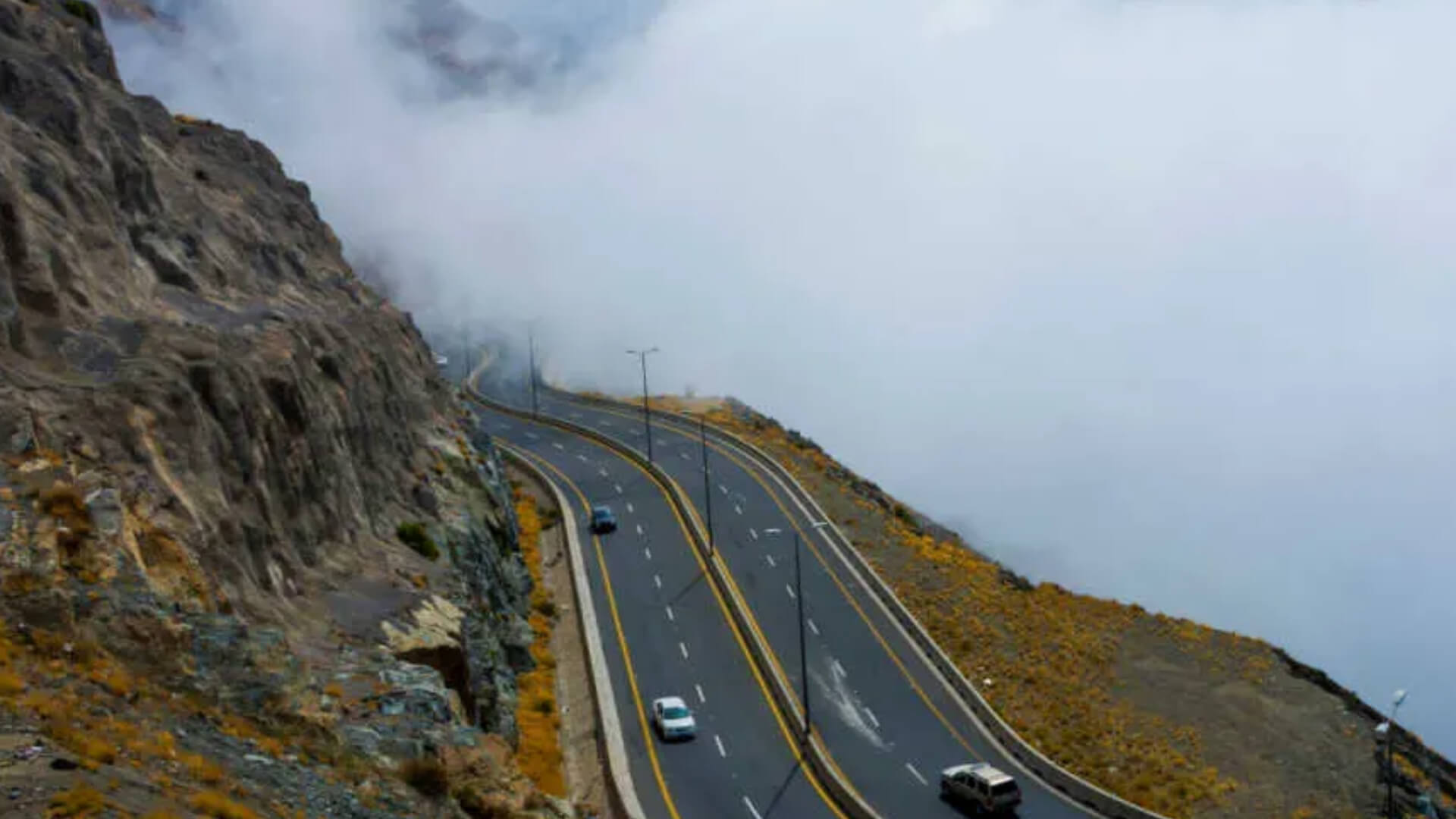
6 Stunning Winter Getaways…
Looking for a winter getaway with snow and mountains around? At Umrahme, we always look for ways to keep you…
Read More
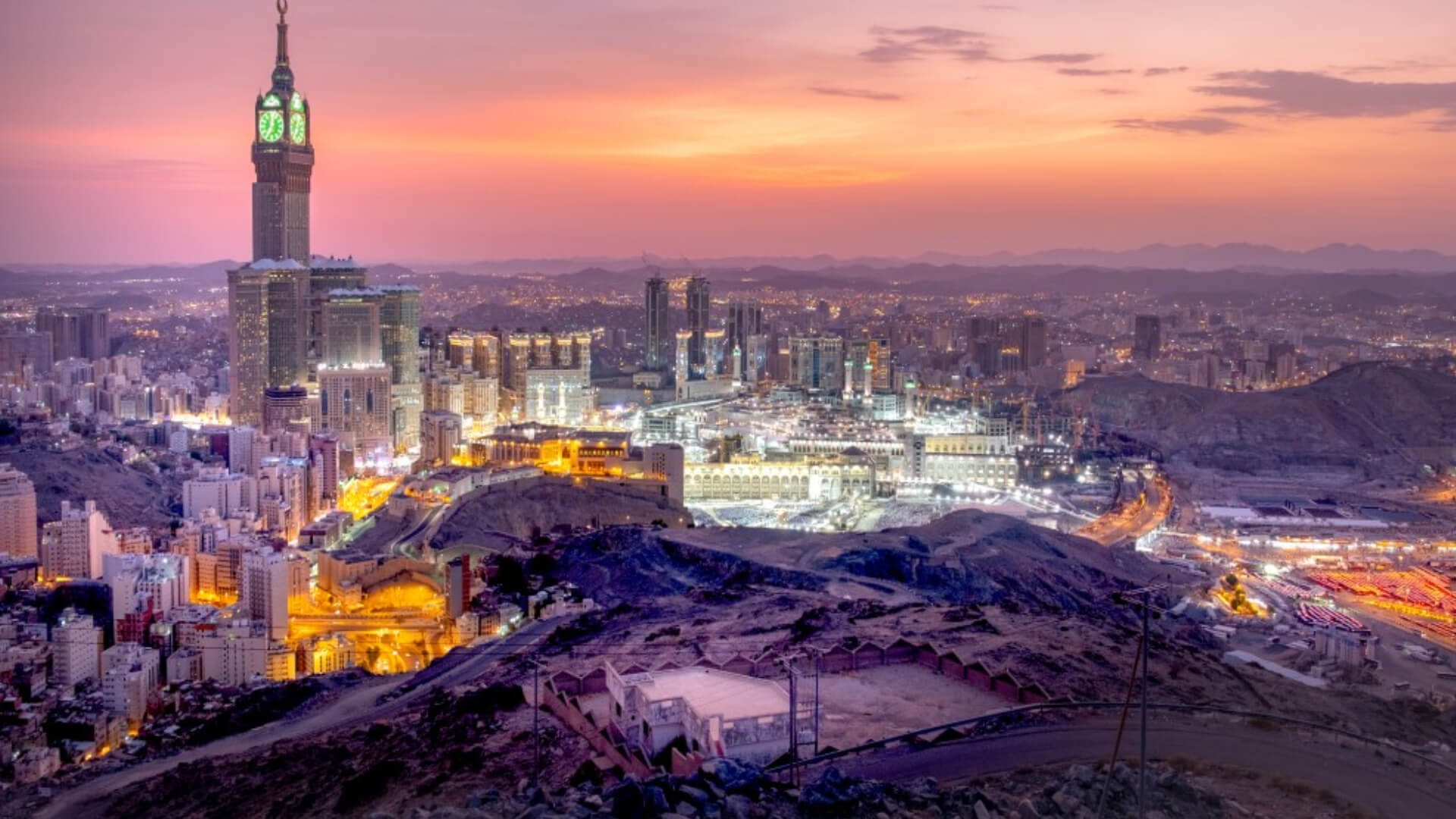
Explore Makkah: Top 13…
Looking to explore the city of Makkah after your Umrah pilgrimage? As Umrah takes a few hours to complete, you…
Read More
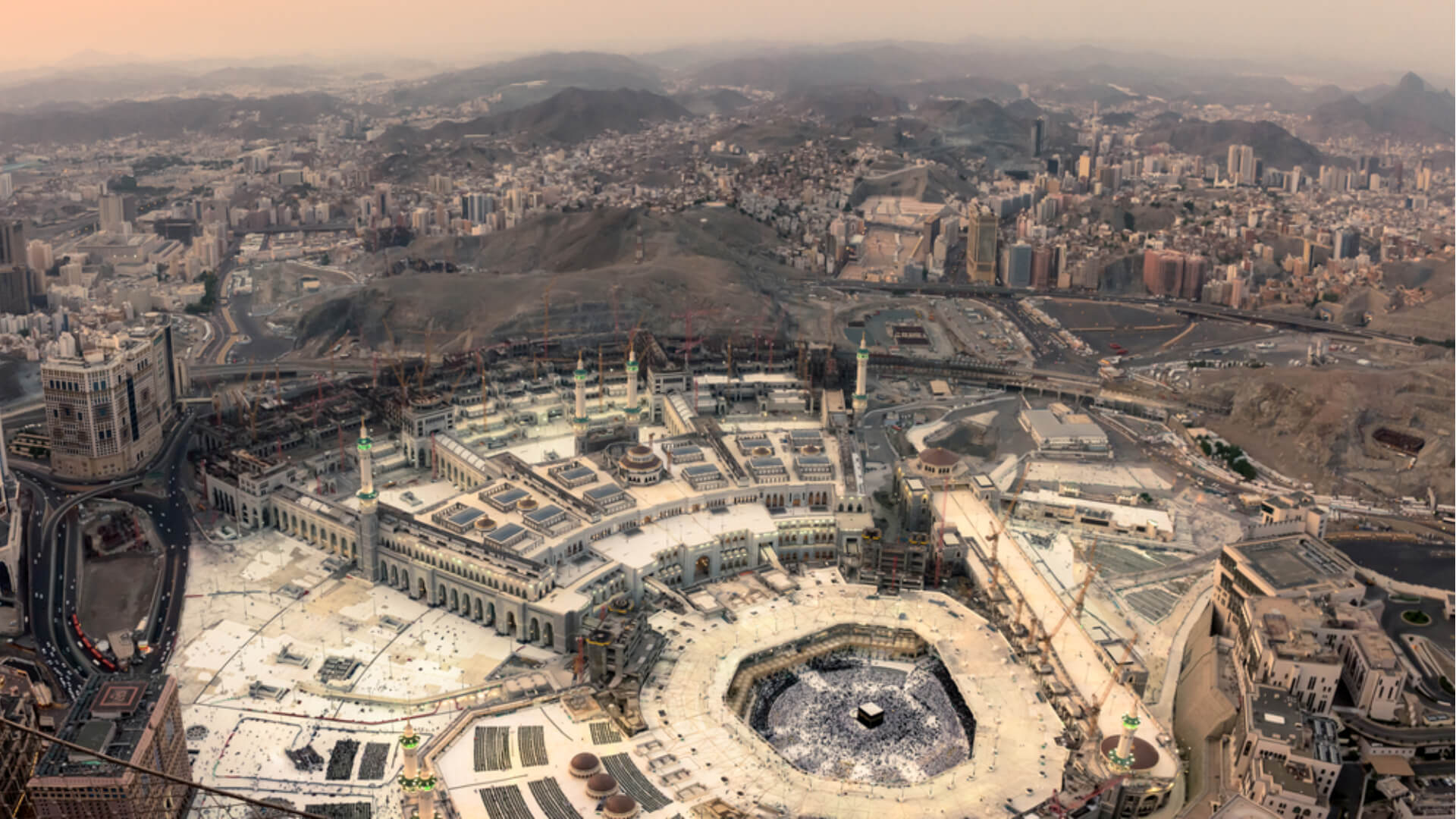
12 Interesting Facts About…
Makkah is the most sacred place on earth and the most beloved city to Muslims around the globe. While its…
Read More
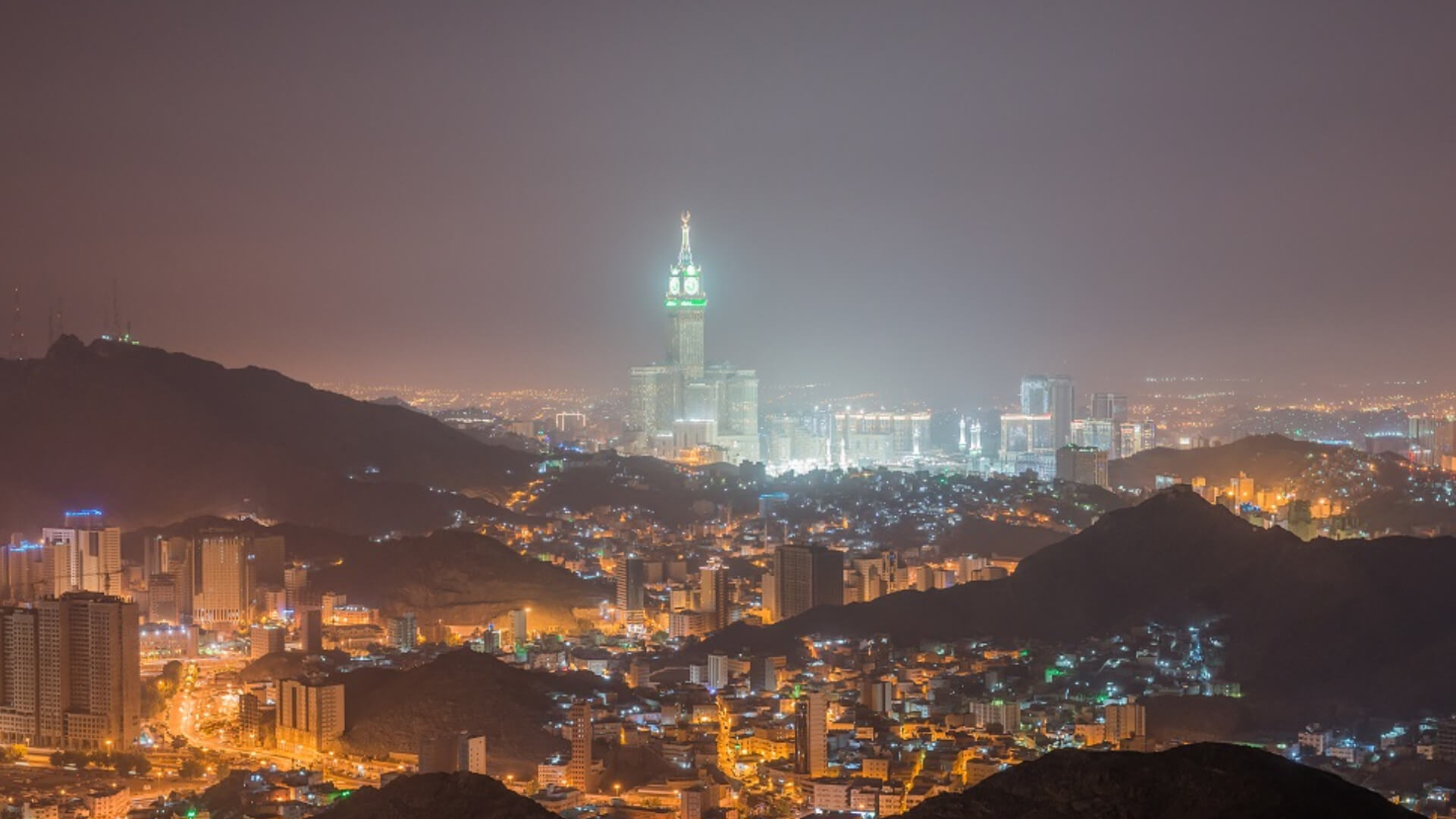
5 Must-See Attractions in…
Are you planning to visit the holy lands soon? Don't miss the opportunity to immerse yourself in the fascinating sights…
Read More

Dining in Makkah: Discover…
Makkah is the destination sought after by millions of pilgrims and visitors worldwide. It is the Holy City where Al…
Read More
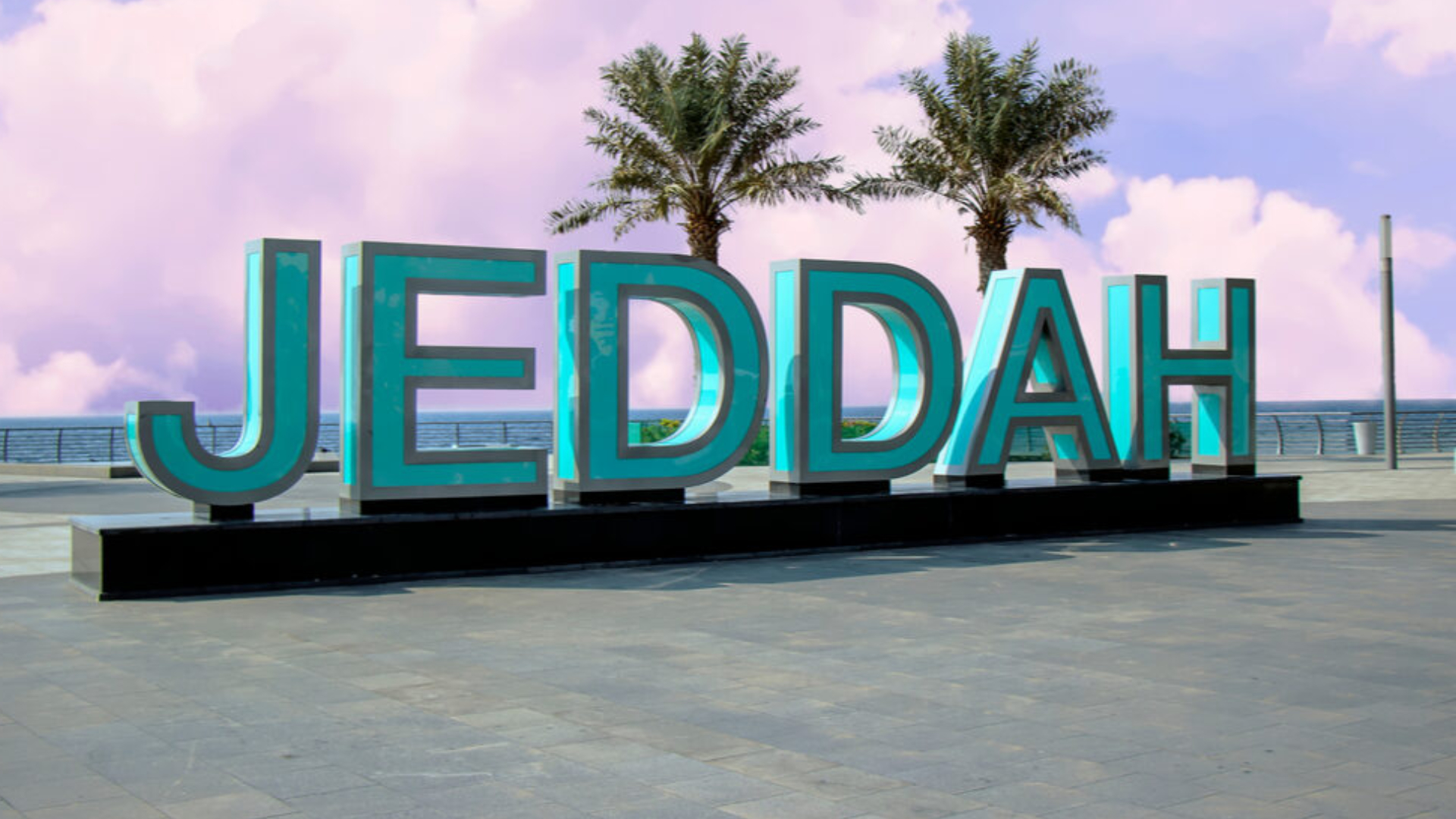
Jeddah Adventure: 15 Must-Try…
Jeddah, the pearl of the Red Sea, and the second-largest city in the Kingdom is true to its motto “Jeddah…
Read More
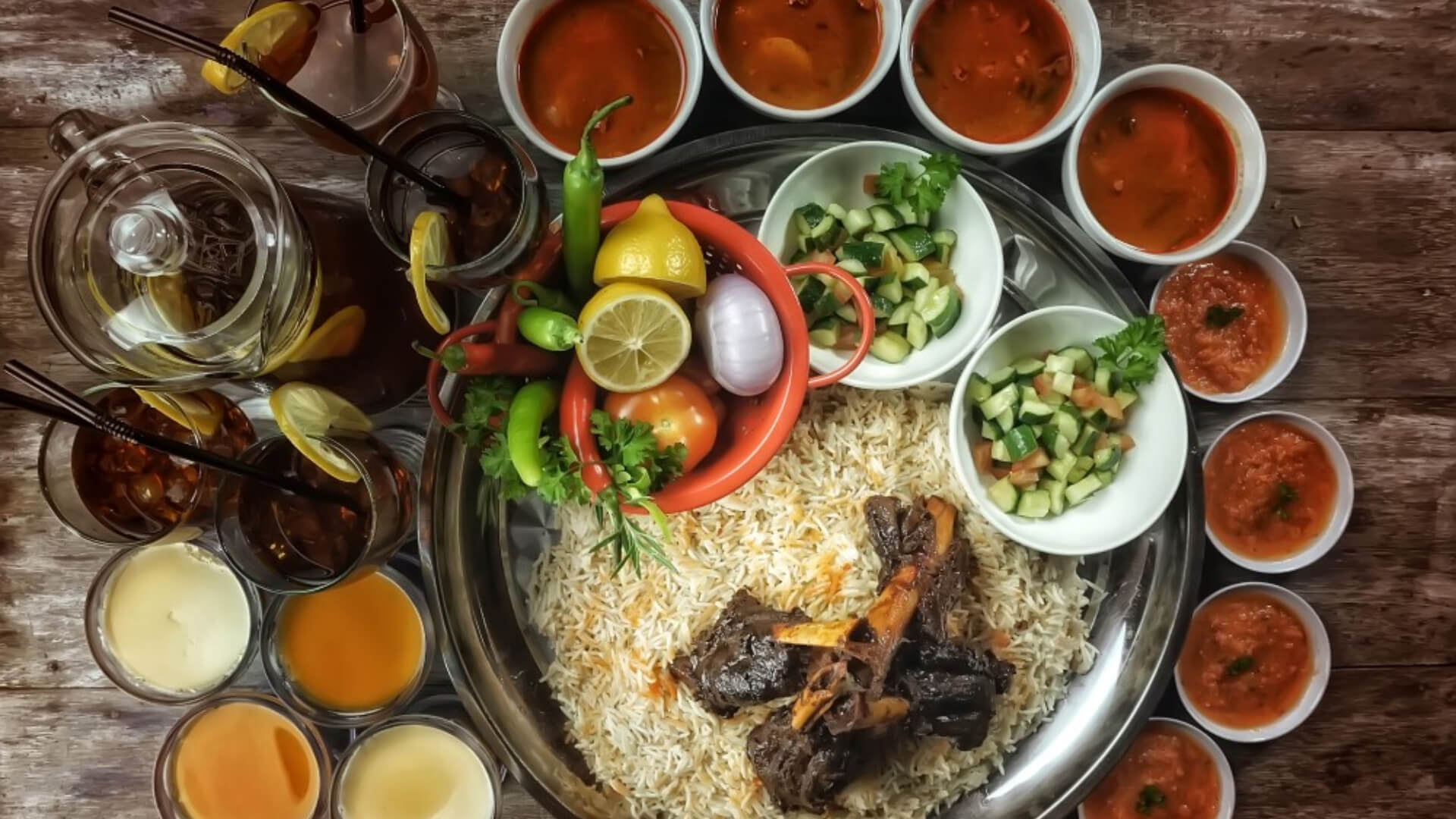
10 Best Restaurants in…
Madinah, the city of our beloved prophet. Visiting Madinah is always more relaxed and highly spiritual. It is more like…
Read More
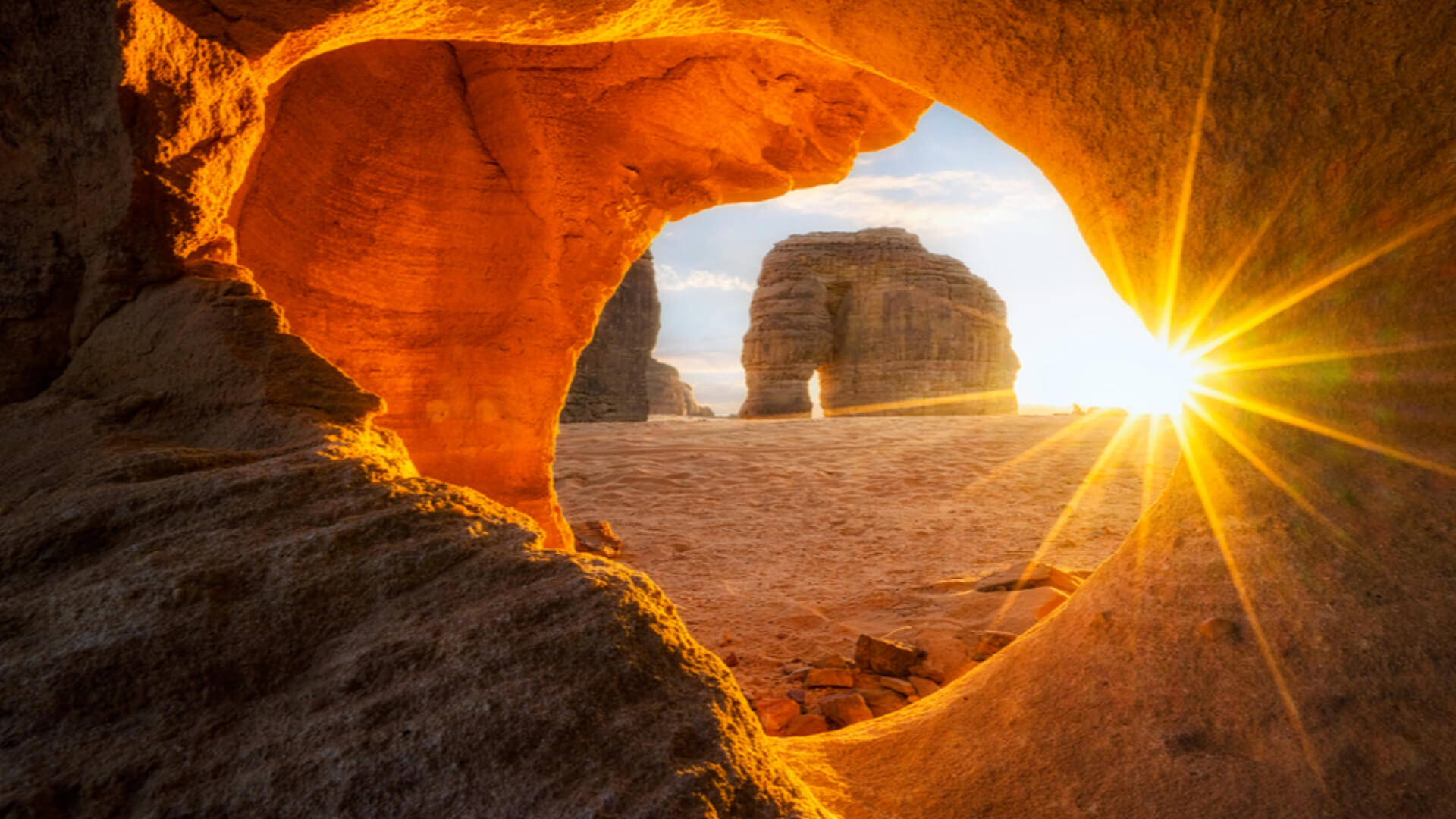
Saudi Arabia’s Stunning Photography…
Saudi Arabia has more to offer than Makkah and Madinah. It has many places that are yet to be discovered.…
Read More
Let’s Take a Journey to AlUla
AlUla is more than just a city; it’s a living museum. With ancient ruins and stunning landscapes, it invites you to step back in time and explore its rich history. So, book a ticket to AlUla and embark on a journey through 4,000 years of captivating tales with the help of our AlUla Travel Guide.


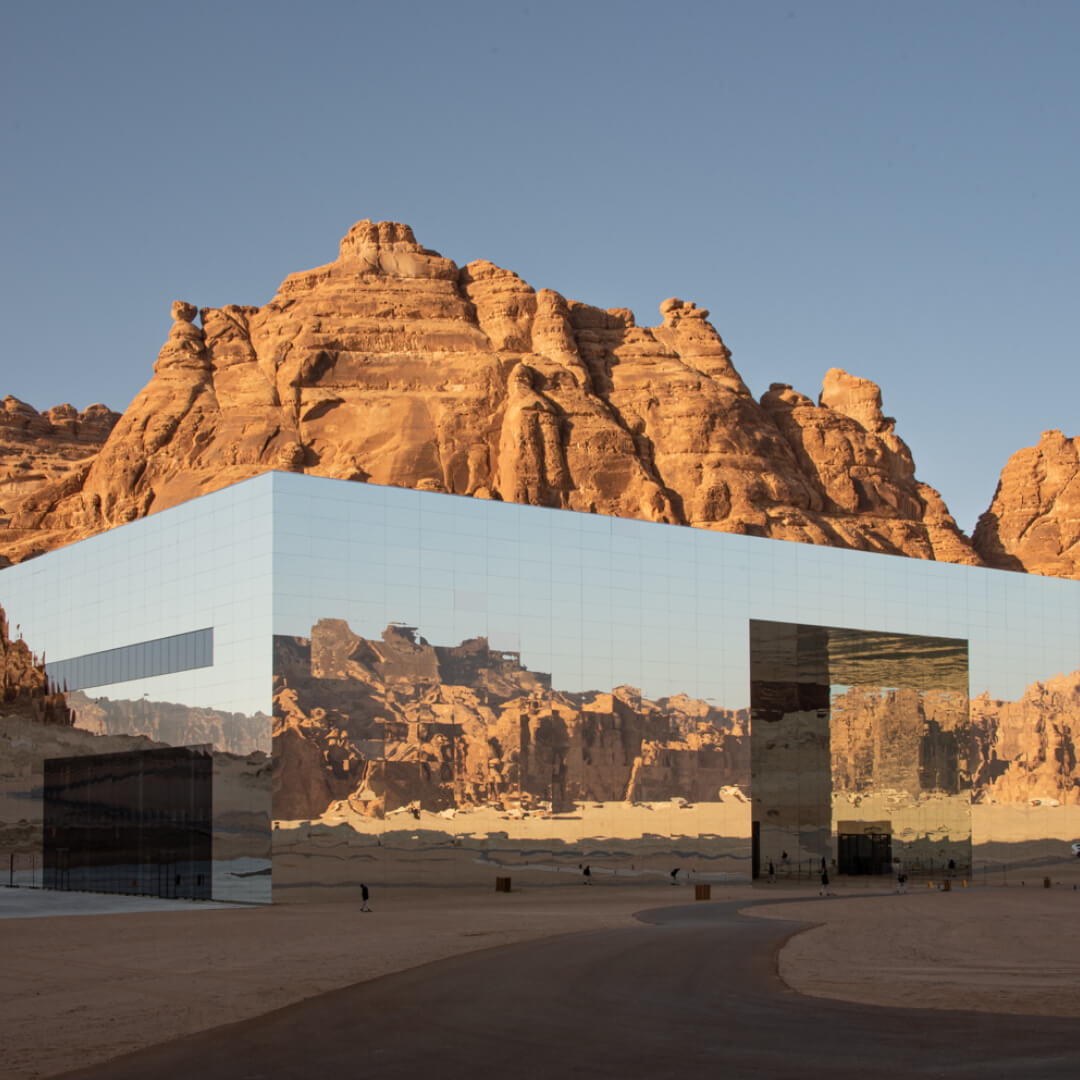

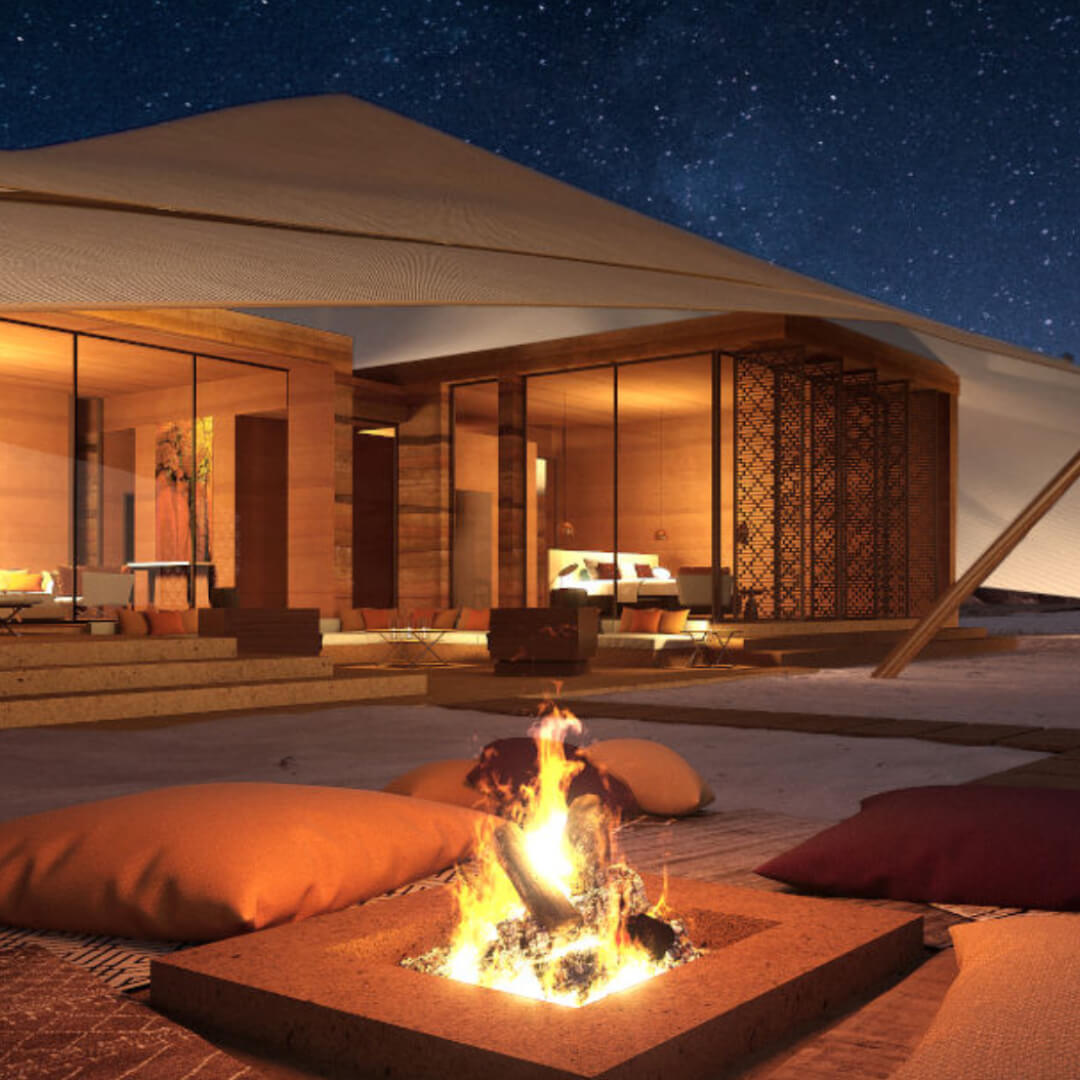



Travel to Saudia Arabia's Ancient Gem
Want to travel back in time and explore an ancient city that dates back to 4,000 years? Welcome to AlUla! Once the capital of ancient kingdoms like Dadan and Lihyan, AlUla played host to travelers and traders alike, guiding them…
Read MoreWant to travel back in time and explore an ancient city that dates back to 4,000 years?
Welcome to AlUla! Once the capital of ancient kingdoms like Dadan and Lihyan, AlUla played host to travelers and traders alike, guiding them through its heart. Explore the wonders of this UNESCO World Heritage Site with our comprehensive AlUla Travel Guide.
Hegra, another gem in this city, serves as evidence of the architectural brilliance displayed by the Nabateans, an ancient people known for their trade mastery.
As you explore the streets of AlUla, you will be immersed in the rich history that has shaped this remarkable place. Immerse yourself in the well-preserved tombs, historical homes, and stunning marvels both carved by nature and sculpted by human hands. Every corner holds a story from times gone by, inviting you to become a part of its captivating history.
From ancient rock formations to stunning desert landscapes, our AlUla travel guide will help you navigate through the rich history and natural beauty of this unique destination.